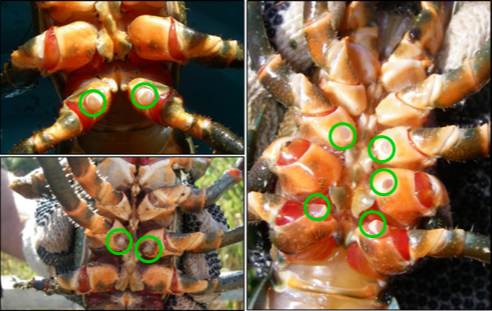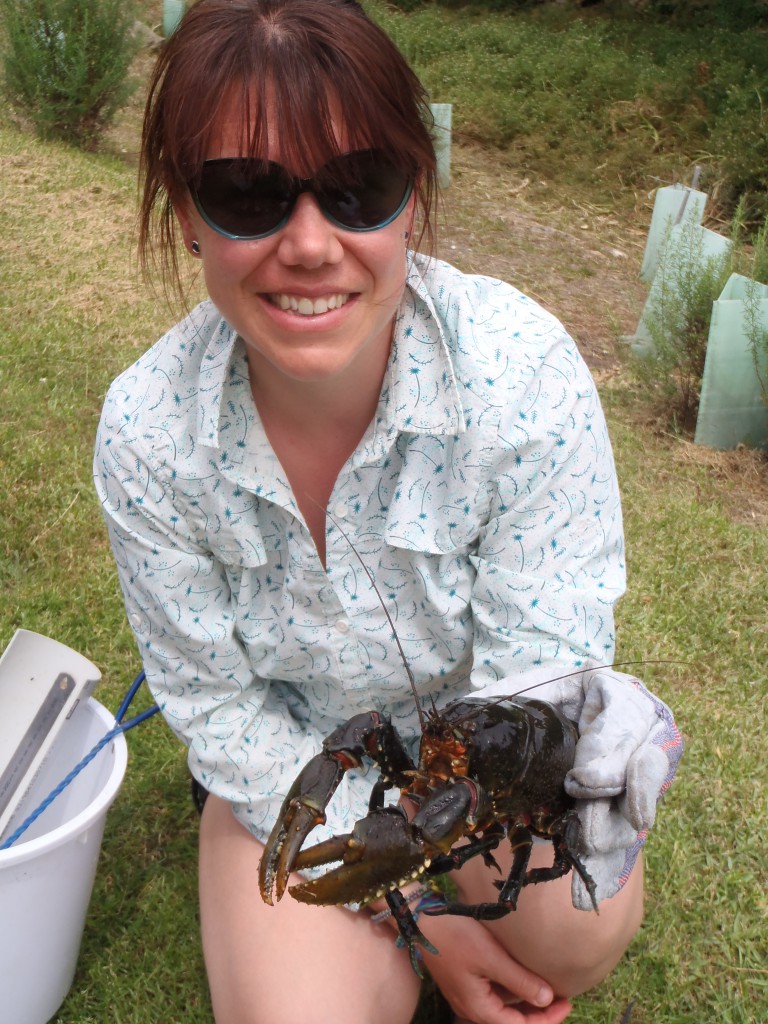The precarious state of aquatic threatened species in our Karst Rising Springs
Karst rising-springs (KRS) in the South East of South Australia represent important, but highly threatened ecosystems for a diversity of flora and fauna species. In fact, almost a third of the freshwater fish species of South Australia occur in these ecosystems. Building on a number of studies conducted by Nature Glenelg Trust, which have monitored population trends over time, condition monitoring of populations of key aquatic species has been conducted annually over the past four years as part of the Restoring Under-represented Ecological Communities (RUEC) project. This monitoring focused on prominent threatened species: the nationally endangered Glenelg Spiny Freshwater Crayfish and the nationally vulnerable Variegated Pygmy Perch. The RUEC project is funded by the Australian Government’s National Landcare Program, through a regional allocation of grant funding to the South East Natural Resources Management Board.

Of the nine sub-populations of Glenelg Spiny Freshwater Crayfish, six are either completely isolated and/or lack consistent freshwater flows presenting huge challenges for the species. In the latest round of monitoring in summer 2017/18, a total of 60 Glenelg Spiny Freshwater Crayfish were recorded, including 37 females, 17 males and 6 aberrant males (those that possess both male and female gonopores/reproductive organs).
Over the past four years of the project, around half of the sub-populations have shown continued declines, with at least three sub-populations at extreme risk of localised extinction: Bones Pond, Little Piccaninnie and Donovans Drain. While higher crayfish numbers have been recently recorded at Cress Creek (Bubbling Spring) and Clarke Park, they are still considered at risk as no crayfish were recorded in some years and the sites remain highly susceptible to reduction or loss of spring flows. All these sub-populations are largely isolated and therefore have low opportunities for recruitment. While a small number of sub-populations appear to have stabilised and even improved in the last two years (The Pines, Ewens Ponds, Gouldens Waterhole), numbers of crayfish still remain very low in comparison to historical numbers (pre 2014- see KRS Summary Report_June 2018).

The crayfish populations continue to contain very few large mature individuals, which is expected to be reducing reproductive potential, since fecundity (numbers of eggs produced) is in a direct, linear relationship to carapace (crayfish) length. Furthermore, the high rate of aberrantness remains a concern, with these individuals accounting for just under half of the total males observed. Aberrant males are potentially reproductively unviable, which presents major challenges to the species breeding success. We have been assisting Grant High School in assessing the feasibility of running breeding trials in their purpose built facility, to help assess mating and recruitment success of aberrant individuals.

In terms of Variegated Pygmy Perch, monitoring of the two core populations (Eight Mile Creek and Deep Creek) over the past four years, including a period of seasonal sampling, has indicated differences in the status of each population. The population in Eight Mile Creek appears to be quite boom and bust, with the species capitalising on suitable spawning conditions that were obviously apparent in winter-spring 2015. Since this time, the population at Eight Mile Creek has shown a general decline. In contrast, the Deep Creek population appears to be remarkably stable, with similar total numbers over time.
Glenelg Spiny Freshwater Crayfish and Variegated Pygmy Perch are both flow specialists with requirements for flowing and well-oxygenated water of reasonable quality. The conditions of some of the monitoring sites mentioned above are deteriorating below the tolerances of the species and urgent consideration of measures that might improve spring discharge is required as it will dramatically improve habitat suitability (i.e. increased mixing of water column to increase dissolved oxygen concentrations and flush accumulated sediment).
Nature Glenelg Trust thank Natural Resources South East and the Australian Government for their support.

